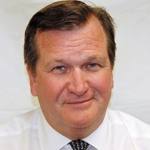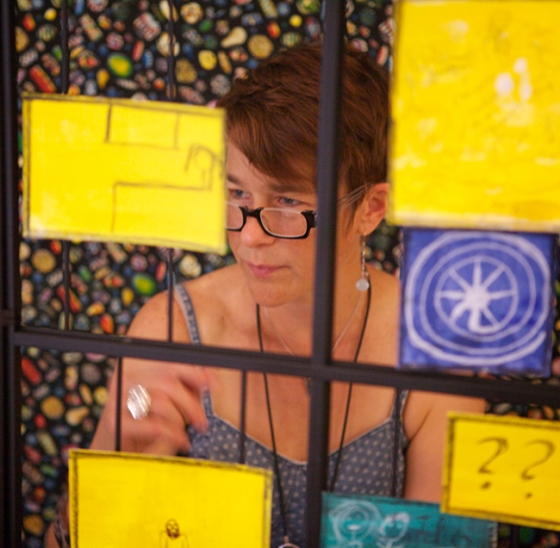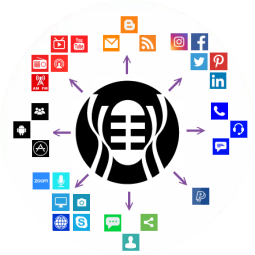Shadow Politics

Shadow Politics is a grass roots talk show giving a voice to the voiceless. For more than 200 years the people of the Nation's Capital have ironically been excluded from the national political conversation. With no voting member of either house of Congress, Washingtonians have lacked the representation they need to be equal and to have their voices heard. Shadow Politics will provide a platform for them, as well as the millions of others nationwide who feel politically disenfranchised and disconnected, to be included in a national dialog.
We need to start a new conversation in America, one that is more inclusive and diverse and one that will lead our great nation forward to meet the challenges of the 21st century. At Shadow Politics, we hope to get this conversation started by bringing Americans together to talk about issues important to them. We look forward to having you be part of the discussion so call in and join the conversation. America is calling and we're listening… Shadow Politics is about America hearing what you have to say. It's your chance to talk to an elected official who has spent more than 30 years in Washington politics. We believe that if we start a dialog and others add their voices we will create a chorus. Even if those other politicians in Washington don't hear you — Senator Brown will. He's on a mission to listen to what America has to say and use it to start a productive dialog to make our democracy stronger and more inclusive. If we are all part of the solution we can solve any problem.
Guest, Mary Clare Rietz

Selected from a national pool of artists to lead a guided walk in Washington, D.C. Feb. 6, Mary Clare Rietz — a fine arts student at the University of Cincinnati’s College of Design, Architecture Arts and Planning — will address the issue of D.C. statehood.
The College Art Association (CAA) selected Rietz and one other artist to put together a guided walk that will take place during the College Art Associational Annual Conference.
Rietz plans to showcase the movement for statehood in D.C. by breaking it down at federal, local advocacy and eventually individual impact levels. Areas and local guides along the route will represent these levels of engagement.
Mary Clare Rietz - Who Is She?
My background in community organizing combines with my art practice to fuel a strong interest in engaging with people and materials in what I term aesthetic action. At the core of my work is an aesthetic of relationship. I am most interested in creating opportunities for people to connect who otherwise would not, or I use materials to show connections among people – and dis-connections – that might otherwise go unobserved.
My work begs the question, “How is ‘connection’ defined?” I address this in my art in two ways – first, with my own understanding of “connection,” and second by including in the design of my works ways for participants to define connection for themselves. As I see it, connection among people exists along a spectrum: from simply being together in person, in body, in the same place at the same time; to having a casual conversation; to having a more in-depth, intellectually, emotionally, politically, or spiritually engaging conversation; to approaching and breaching perceived barriers to understanding and sharing experience, even if that means risking conflict; to sharing an experience of being in active, perhaps even seemingly un-resolvable conflict. And in all of these there are scenarios where the connection is short or longer term. My work addresses various points on the continuum.
I work at honing the craft in the people processes that I design and facilitate. This calls for as much aesthetic attention as the object making I do – there is a careful assemblage, sculpting and shaping that is required for artful, effective human engagement. Questions I ask at the start of any work: To what performance of cooperation or interaction am I inviting people? Whom will I invite, and why them? What will most allure participants? What does the work offer to non-participant viewers? Scoring an interaction in the Fluxus tradition is something I have recently added to my practice – simple text that invites and gives guidance but also leaves room for participant improvisation, even fulfillment of the work completely independent of me as the initiating artist.
And I ask: What materials will I use? I do not work in any one specific medium; the envisioned interaction drives decisions about what needs to be made, of what, and how, and often the making is collaborative. My goal for the objects I design and make and the digital media I use is that they support, and conceptualize, the associated social participation. In this way, I hope that they can both be useful, and stand alone as conceptual pieces.
Currently, I am pursuing a Master of Fine Arts Degree at the College of Design, Architecture, Art, & Planning (DAAP), University of Cincinnati. A lifelong Ohioan, I have lived in Cincinnati for twelve years, with my husband Mike and our teenage daughter.








